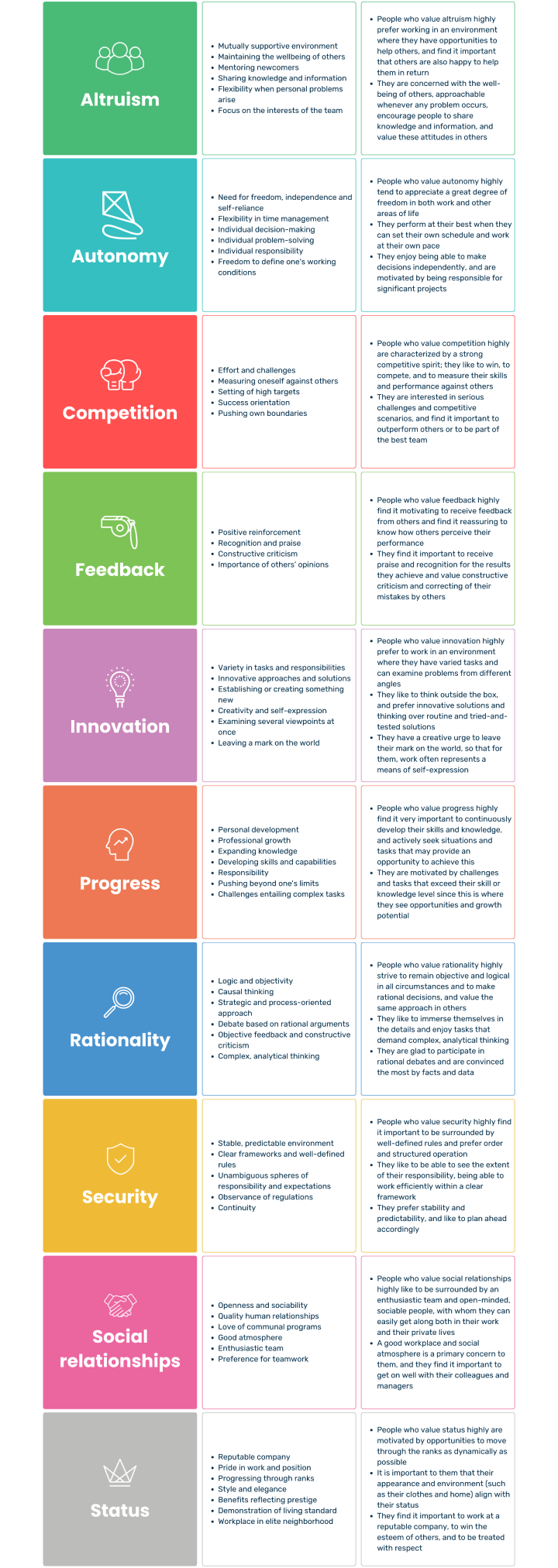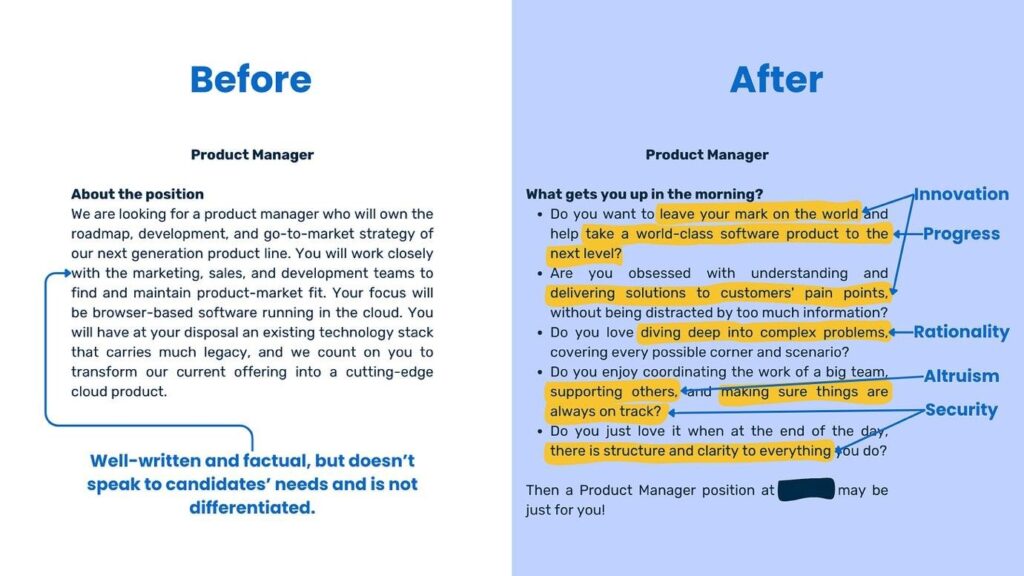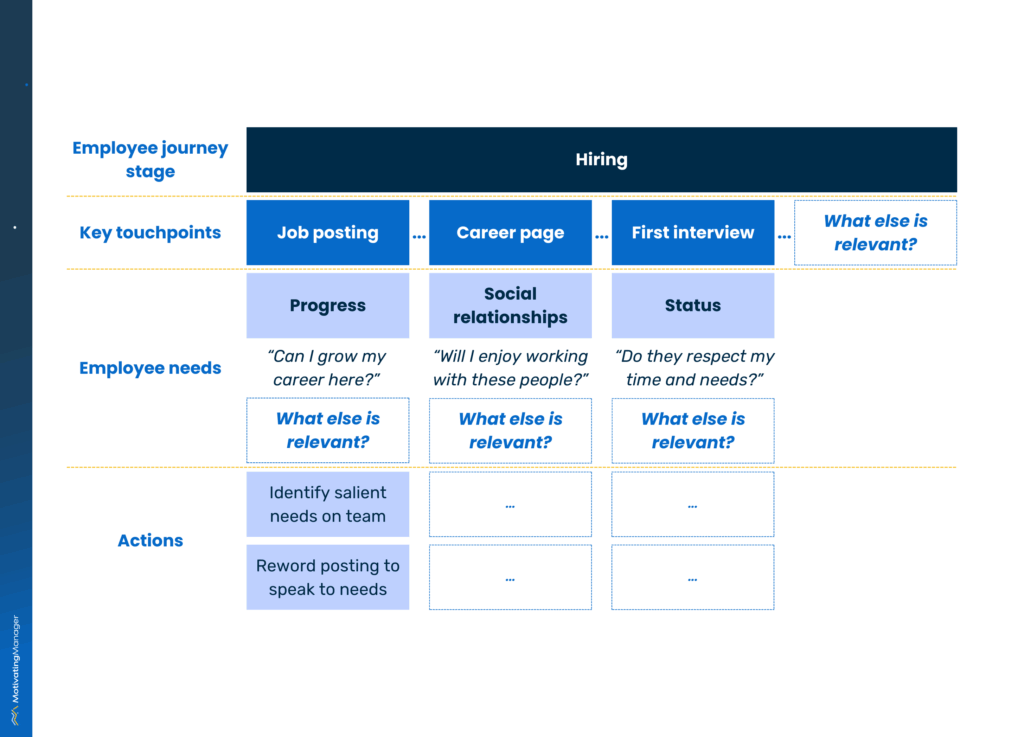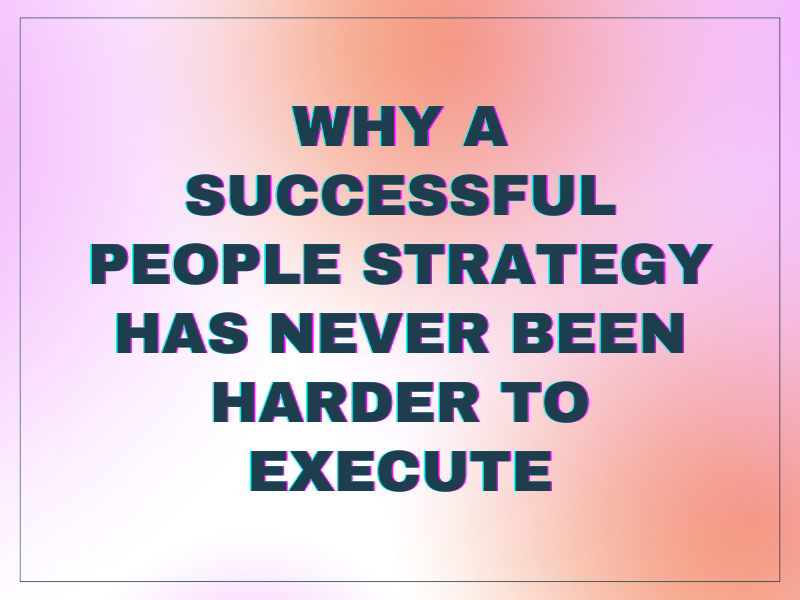When I announced a workshop on the same topic as this blog post at this year’s Infobip Shift Developer Conference, I wasn’t sure if anyone would turn up.
After all, the news this year has been dominated by rounds of tech layoffs as the changing interest rate environment has made investments in stocks, private equity, and venture capital comparatively less attractive, putting an end to the capital abundance that drove tech hiring to feverish heights in previous years.
Was anyone in tech still struggling to attract and retain talent?
I wasn’t sure.
The organizers did their best to dampen my expectations, saying that even though the workshop room had capacity to seat 30 people, it might happen that only a few people would show up as workshops required a high level of time commitment from attendees, who often prefer to network and shop around for programs more freely.
I quietly wondered if driving 600km to Croatia to do this workshop was a mistake.
When I arrived at the venue, I arranged a dozen chairs in a semicircle in the workshop room and hoped that at least half a dozen people would show up. Ten minutes before our scheduled start, the first attendees arrived. Then, a few minutes later, a few more people entered the room. Then a few more.
By the time the workshop was supposed to start, the dozen chairs I carefully arranged were all filled. But people kept coming.
Soon, the 30 handouts I prepared for the workshop were all gone. But still more people came. I lost count at around 45, but more people kept arriving, and in the end I had to turn some people away.
The workshop ended up spilling over to two adjacent rooms to make space for group activities. It seemed that people still cared about attracting, motivating and retaining talent.
If you do, too, I hope you’ll find this post helpful.








